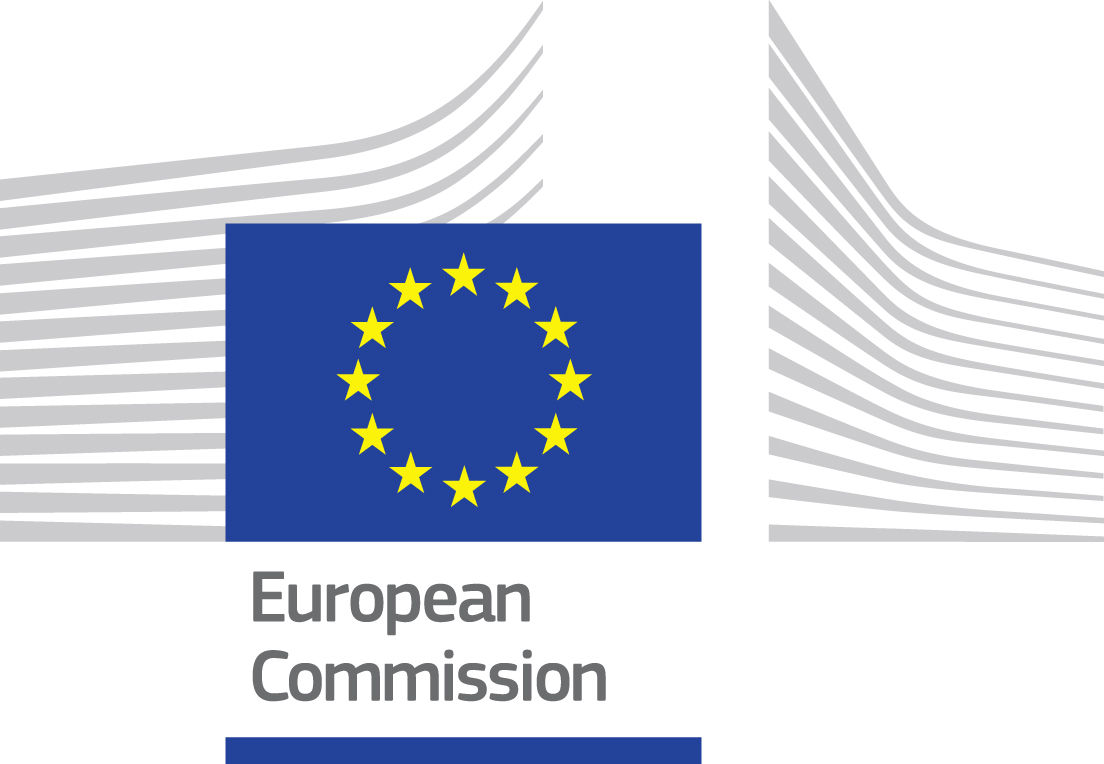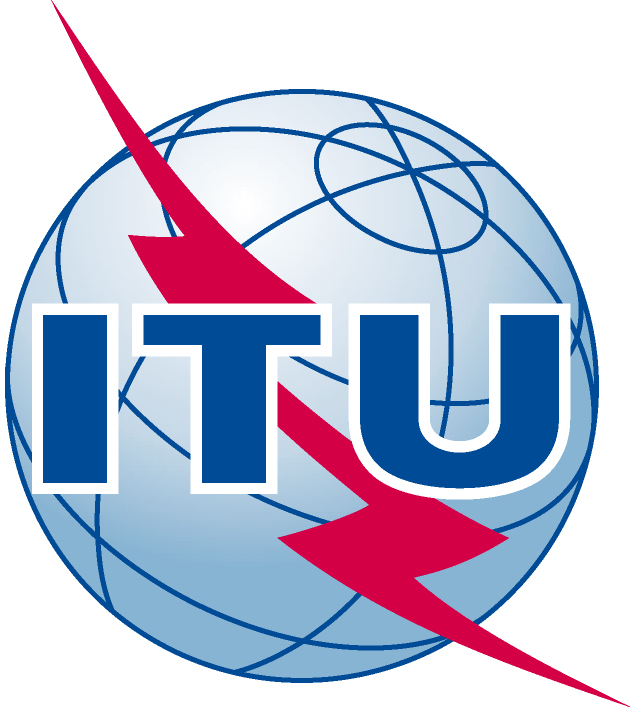Support for the Establishment of Harmonized Policies
for the ICT Market in the ACP States
|
|
 |
 |
Leaders from across the world increasingly acknowledge that information and communication technologies (ICTs) offer significant opportunities for socio-economic development. At the same time, ICTs are shaping the process of globalization. Therefore, coordination within and across the regions is essential if the policies, legislation, and practices resulting from each country's liberalization are not to be so various as to constitute an impediment to the development of competitive regional markets.
In that framework, the Project aims at providing support for harmonized policies and legislations for ICTs. Harmonization does not mean the same solution for all the countries. It means similar responses to similar issues and thus, different responses to different problems. These solutions incorporate the best national, regional and international practices. The Project is part of the @CP-ICT Programme that was funded by the 9th European Development Fund (EDF) and co-financed by the ITU, and is focusing on the three fast developing regions of the world – Africa, the Caribbean and the Pacific islands (ACP). It has an implementation period of 60 months (September 2008 - September 2013).
For each of the regions, a custom-made approach addressing specific needs was built into a sub-project:
1. Enhancing competitiveness in the Caribbean through the harmonization of ICT Policies, Legislation and Regulatory Procedures (HIPCAR Project).
2. Support for harmonization of the ICT Policies in Sub-Saharan Africa (HIPSSA Project).
3. Capacity Building and ICT Policy, Regulatory and Legislative Frameworks Support for Pacific Island Countries (ICB4PAC Project).